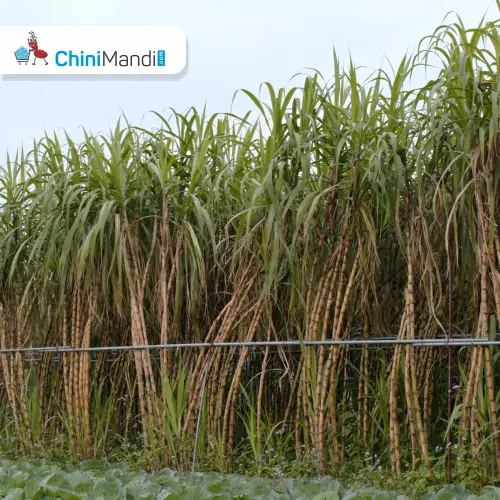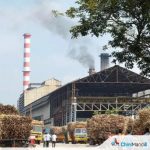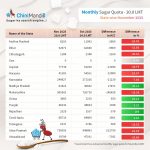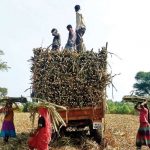Pakistan’s sugarcane area saw a small increase during the 2025–26 season, mainly due to an expansion in cultivated area, especially in Punjab, according to official documents reviewed by Wealth Pakistan.
The total area under sugarcane rose to 1.213 million hectares, a 1.7% rise from last year’s 1.19 million hectares. This led to a provisional national output of 84.74 million tons, compared with 84.24 million tons in 2024–25 — a modest increase of 0.6%, reports Profit.
The Federal Committee on Agriculture (FCA) had aimed for 1.146 million hectares of cultivation and 80.32 million tons of production. Actual results were higher, with cultivated area exceeding the target by 5.9% and production by 5.5%.
Punjab, the country’s top sugarcane-producing province, recorded the best performance. Cultivation expanded by 4.8% to 856,000 hectares, while output grew 2.7% to 61.73 million tons from 60.11 million tons the previous year. The province surpassed its FCA targets for both cultivation and production by around 12.5%.
Sindh, however, experienced a decline. The cultivated area dropped 6.2% to 267,700 hectares, and production fell 5.6% to 18.13 million tons from 19.21 million tons. Despite this, the yield per hectare slightly improved by 0.6% to 67.7 tons.
In Khyber Pakhtunkhwa, the cultivated area decreased 0.8% to 89,300 hectares from 90,000, falling short of the target. Production remained steady at about 4.8 million tons, with yield unchanged at 54.1 tons per hectare.
Balochistan, though a smaller producer, showed improvement. The cultivated area increased 14.3% to 800 hectares from 700, and production rose 6.9% to 38,900 tons from 36,400 tons. However, it remained 13.6% below the FCA’s production target.
In 2024–25, Pakistan’s overall sugarcane yield averaged 69.8 tons per hectare, slightly below the FCA’s goal of 70 tons.
Officials noted that sugarcane continues to play a vital role in the country’s economy. They said it “remains one of Pakistan’s key crops and is the backbone of the sugar industry, which is the second-largest in the agriculture sector after textiles.”












